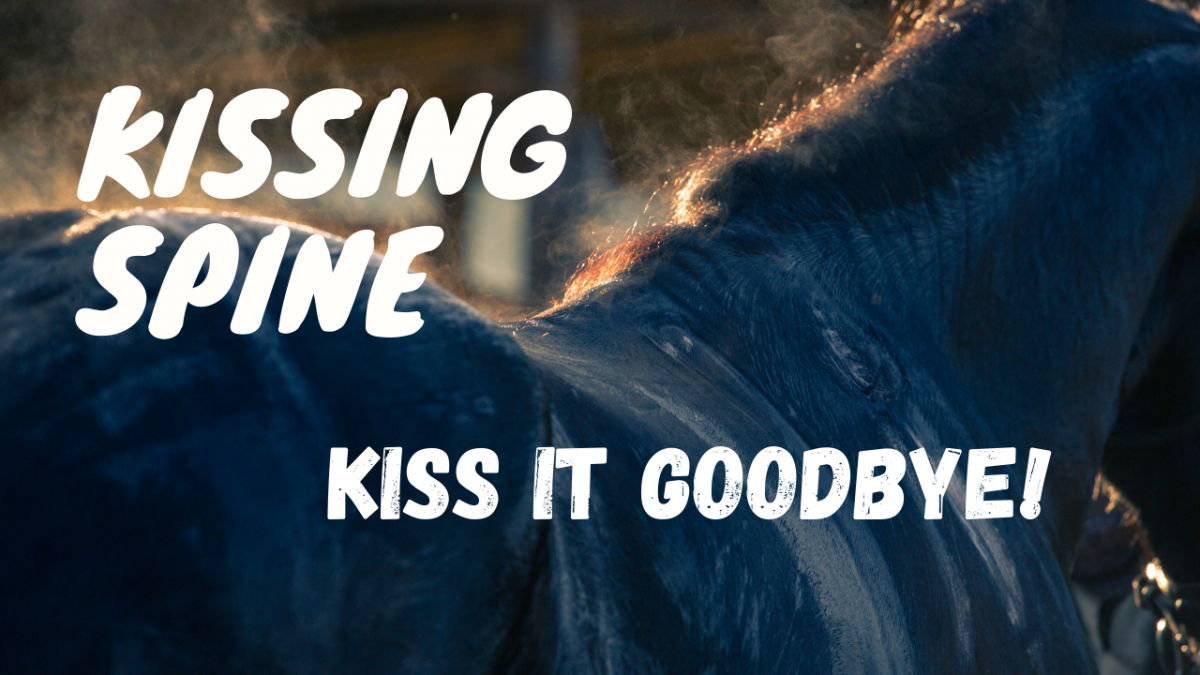In 2019, Ariel Grald, an international 5* event rider and her horse, Leamore Master Plan or “Simon,” finished in the top 10 at the Land Rover Burghley Horse Trials in Stamford, United Kingdom. This finish earned the pair the distinction and recognition as the highest placed finish for Burghley first timers. They also had success in 2019 at their 5* debut at the Land Rover Kentucky Three Day Event finishing in 12th place. Ariel and Simon’s plans to return to international competition in 2020 were put on hold as the worldwide pandemic took center stage. As equestrian events and competitions cautiously and optimistically move forward in 2021, Ariel and Simon are working to successfully return to international competition.
Q: You did very well at Burghley. Tell us about your experience?
AG: Competing at Burghley was an incredible experience. It’s a massive venue. Burghley House is stunning, and the estate is so scenic. But there’s a lot of terrain. Even just hacking from the stables up to the dressage and show jumping arena is a decent workout. The cross country course is pretty relentless. You’re going up and down hill a lot. You’re always riding over changes in terrain so that was very challenging.
When I competed at the Kentucky CCI5*, I wasn’t as aware of the people watching along the ropes of the cross-country course because it was a bit more open. There are way more people at Burghley, that was the biggest thing I noticed. Some of the galloping lanes are a bit narrow and some parts are a little bit more twisty and there are spectators everywhere. They don’t have a big grandstand like at the Kentucky Horse Park, but there is stadium seating that goes all the way around all four sides of the grass arena where the dressage and show jumping is held. It’s pretty intimidating!
Q. Do you have a horse you are going to take to the Land Rover Kentucky event this year?
AG: We are not going to Kentucky this year, unfortunately. With the uncertainty with Covid and everything I had made a different plan for my top horse, Simon, because I’m really trying to get him back oversees. We are aiming him for another event a little later in the spring hopefully, in Germany.
Q: Why are you pointing him towards Europe? What’s the difference?
AG: It’s for his experience and for my experience and for the international scene. Just looking ahead, we are trying to make the U.S. Championship teams and you’re always going to be traveling, either to Tokyo or to World Games that are in Italy in 2022. Anytime I can go to a new venue and deal with the stress of traveling for both of us riding in arenas that we haven’t been to, riding on cross country and show jump courses that we haven’t been to is to keep building our experience.

Ariel Grald and Leamore Master Plan navigate the Burghley Trout Hatchery en route to 12th place. Photo by Nico Morgan Media.
Q: Every industry was impacted by Covid last year. Some things implemented out of this worldwide emergency, such as Zoom and working from home, are most likely here to stay. Is there anything in the equine industry impacted by Covid that’s also here to stay?
AG: After horse trials were shut down for several months at the start of the pandemic, we were fortunate to resume competitions in the summer. While major CCI5* events such as Burghley and Fair Hill were cancelled, I feel very lucky that we were able to finish out most of the event season. As we all hope to return to some version of normal, I think the enhanced use of technology for communication will stay. For example, show venues send out mass texts to riders, grooms, and others regarding schedule updates and other important information. Also, many professionals turned to virtual lessons to allow people in different areas to train together and I imagine this may continue in the future. Many trainers share tips and ideas on social media by uploading videos and giving educational talks. I’m impressed at how many people throughout all aspects of the sport used technology to overcome logistical issues caused by Covid.
Q: Everybody has their own riding styles, especially when you get to upper levels. You like to work with each horse as an individual. How does that make a difference in your riding?
AG: I feel like I am able to really get to know all the horses that I have. I spend so much time with each individual horse that I think I end up developing a really good partnership with each one. Some like a little more rein pressure, others like little more leg pressure. I know what support they need from me and how they like to be ridden or the warm up routine for dressage. So I’m lucky that I get to spend enough time with each horse every day when we’re training at home and to really learn about their personalities. I like sort of quirkier horses. I don’t mind ones that are little bit fresh or a little bit higher energy. I actually prefer that ride. So in having some that are a little more sensitive you really have to spend that time to get to know them.
Q: What’s your approach when competing in straight show jumping versus to the show jumping phase of eventing?
AG: I like to bring my dressage saddle and I still go do flat work with the horses to get them ready at the show venue. Some of my event horses can be strong and unfocused if I go straight to jumping them. They are used to having their dressage test and then either going to cross-country or show jumping next. It’s a good time to practice different warm up strategies– which jumps I’m going to jump, how many and how high before I go in the ring. A lot of eventers take their event horses to jumper shows to work on how to best prepare them and it’s a good way to work on those technical show jumping skills. It’s useful to go to a jumper show for several days, jump multiple courses and not have the pressure of being at a horse trials.
Q: What do you like most about Banixx products for your horses’ routine care?
AG: I’ve used all of them but I think we use the shampoo the most. The wound care cream and spray I use to treat particular issues of course if a horse has a cut. The wound cream we use a lot on their legs. Often if they have some irritation on their heels or anywhere on their legs, we use the spray for that. So those two products I use to treat certain issues. The shampoo we use routinely. If their skin is in pretty good condition we wash their legs a couple times a week with it. We just got back from Florida where the horses are always getting leg scurf and funk. So being able to use the shampoo on their legs and do the full leg soak for 10 minutes and wash it off, that’s a really important part of daily care of the horses in those environments like Florida where it’s humid and where the horses are quite likely to get skin irritation.
Q: Why do you choose Banixx versus other products?
AG: I think their products are effective and I have many horses with sensitive skin. My top horse, Simon, has four white socks. His pink skin is very easily irritated. I like that Banixx has the collagen in it and the way the formula is made it doesn’t over dry or doesn’t cause further skin irritation. It actually helps soothe their skin. My horses wear boots daily for either schooling and competition, and are often bandaged or poulticed after they gallop and jump. This means we wash their legs frequently, so I have to be careful which shampoos we use. Some other products are harsh and make their skin worse and angrier. But Banixx really, really helps.
Ariel Grald is based out of Setters’ Run Farm owned by Annie Eldridge in Vass, North Carolina. For more information, visit arielgrald.com or settersrunfarm.com. To learn more about Banixx, visit banixx.com.
Brought to you by BANIXX – The #1 trusted solution for equine and pet owners! Learn more about Banixx.


























